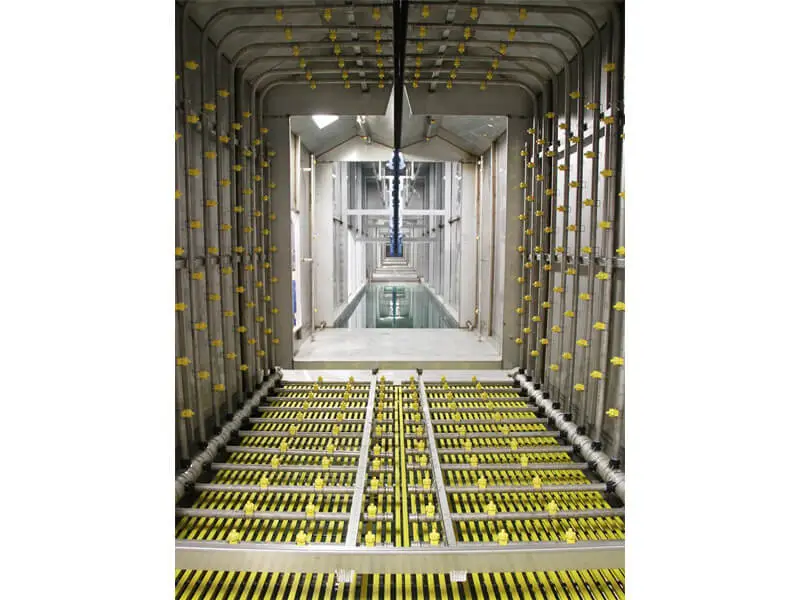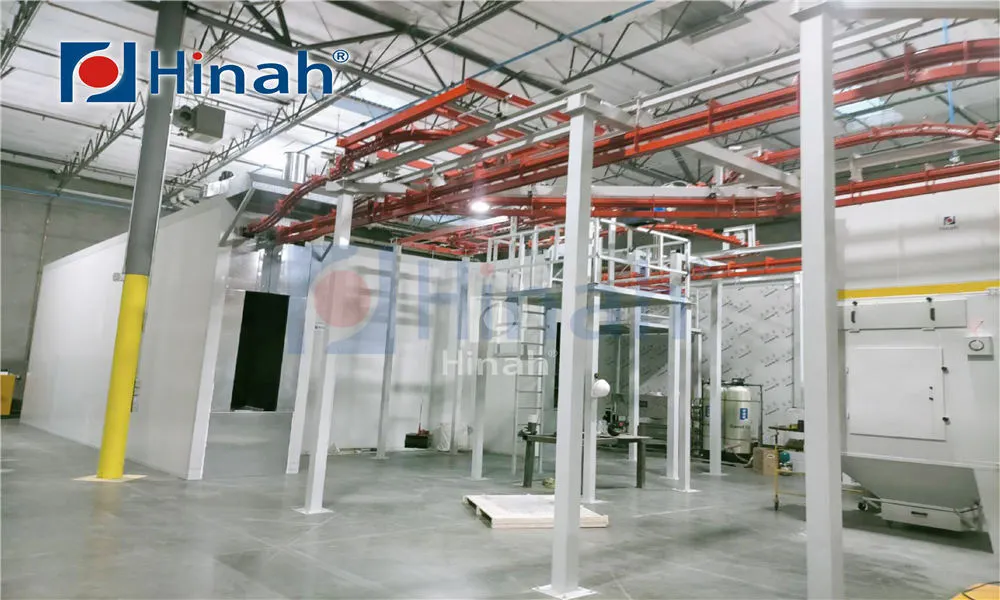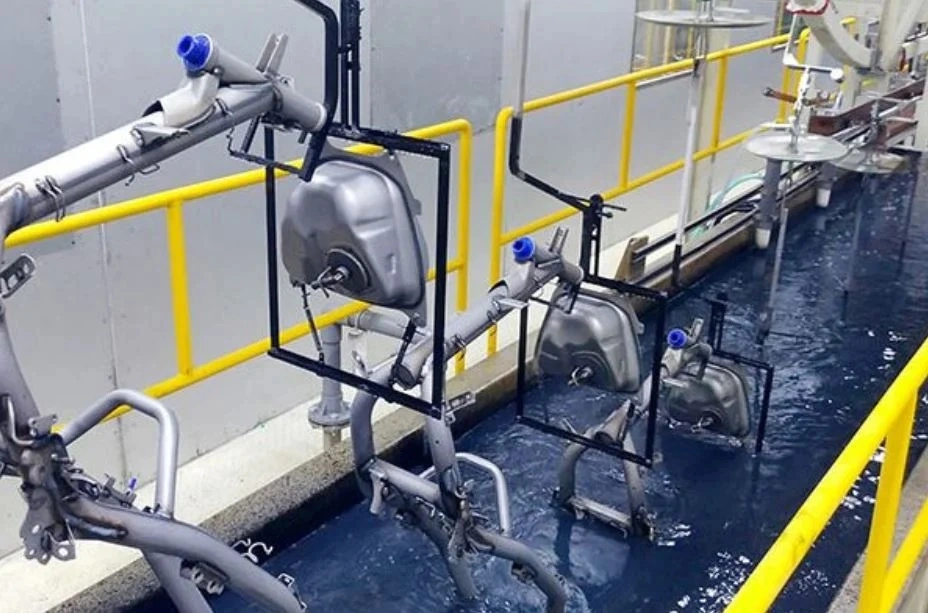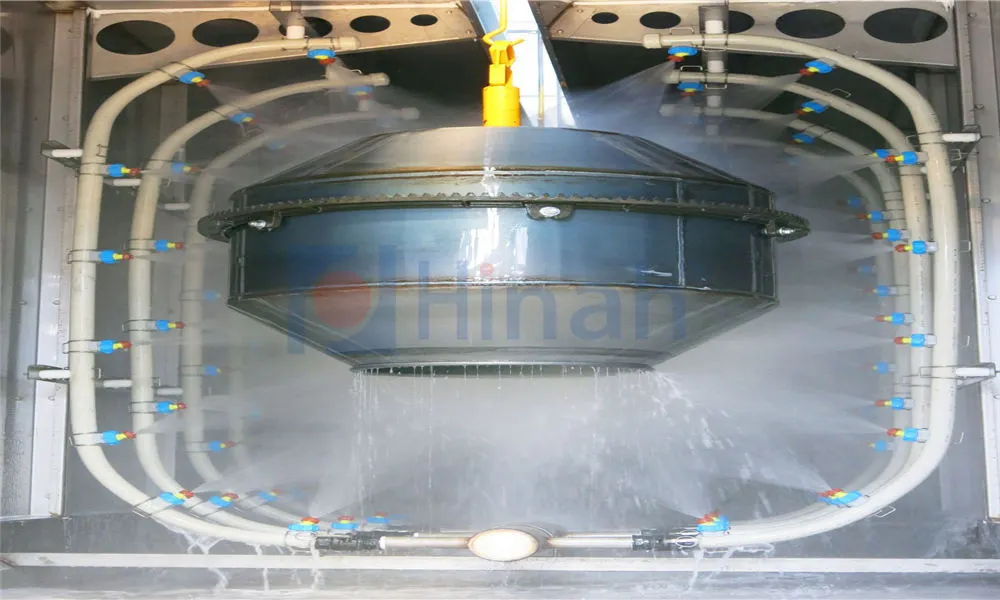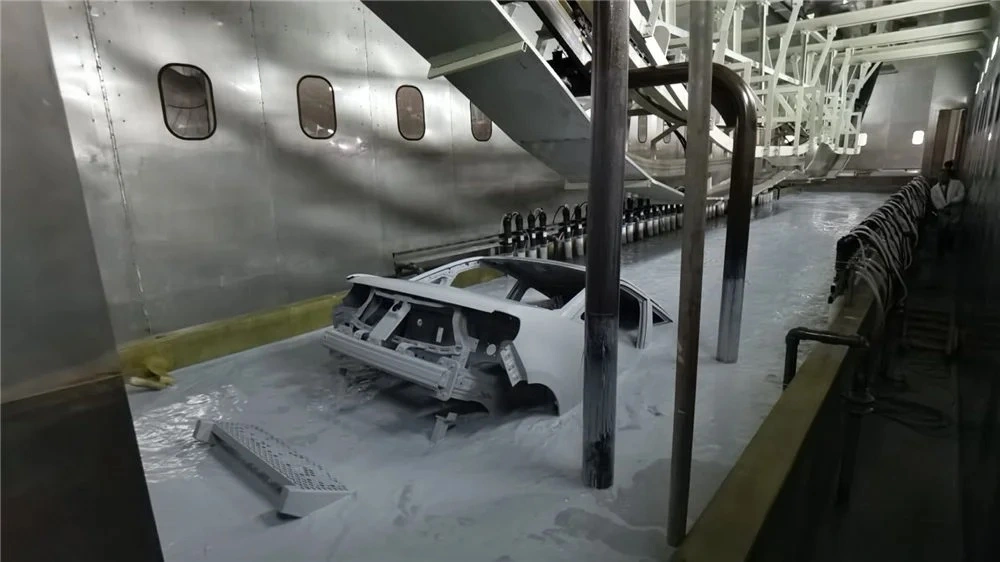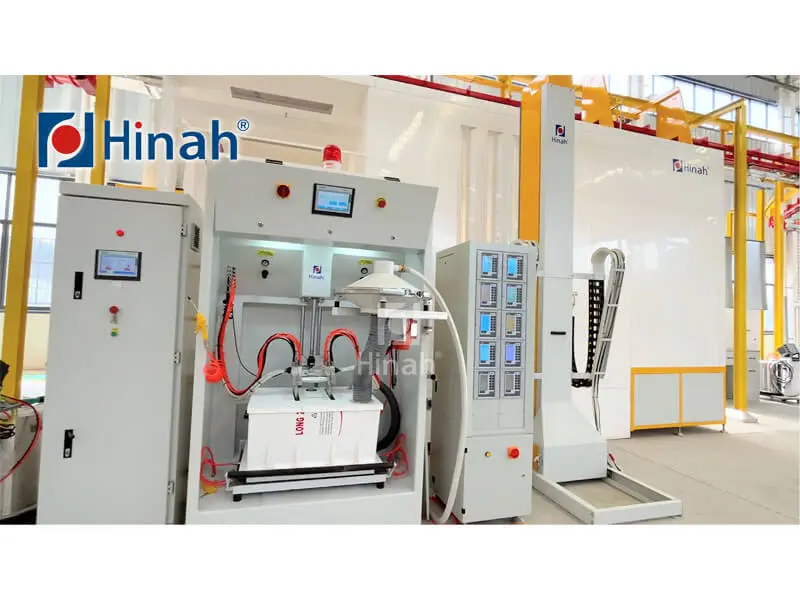When it comes to achieving a durable, high-quality, and aesthetically pleasing finish on metal products, the process is just as important as the paint itself. While powder painting has revolutionized the industry with its efficiency and environmental benefits, the true magic happens inside a powder coat paint oven. This critical piece of equipment is where the transformation from a granular coating to a seamless, resilient shell occurs. Understanding the intricacies of this process, especially the pivotal role of powder coat paint oven temperature, is key to mastering the art of powder coating on metal.
This article delves into the world of powder paint curing ovens, exploring how they work, why they are indispensable, and how to optimize their use for perfect results every time.
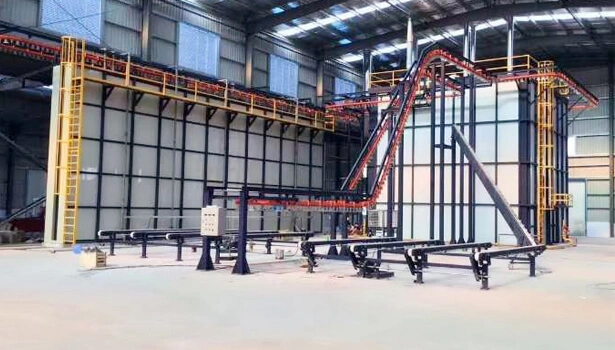
What is Powder Painting and How Does it Work?
Powder painting, more formally known as paint powder coating, is a dry finishing process. It involves electrostatically charging dry powder particles and spraying them onto a grounded metal surface. The electrostatic attraction ensures the powder adheres evenly to the part, even covering corners and edges. However, this initial application is only temporary. The coated part is still fragile; the powder can be easily wiped away. To create a permanent bond, the part must be cured. This is where the powder coat paint oven enters the picture.
The oven applies heat, which triggers three key stages: melting, flowing, and curing. The heat causes the powder particles to melt, coalesce into a continuous film, and then undergo a chemical crosslinking reaction. This final curing stage is what gives powder coating on metal its legendary strength, resistance to chipping, scratching, and fading.
The Heart of the Process: Understanding the Powder Coat Paint Oven
A powder coat paint oven is far more than a simple heating chamber. It is a precision-engineered system designed to provide consistent, controlled heat to trigger the thermosetting chemical reaction in the powder. These ovens, also universally referred to as powder paint curing ovens, come in various configurations to suit different production needs.
The primary types include:
Batch Ovens (Walk-in / Benchtop): Ideal for low-volume shops, custom coaters, or very large individual items. Parts are loaded, cured, and unloaded in batches.
Conveyor Ovens (Curing Tunnels): The backbone of high-volume production lines. Parts are hung from a conveyor that moves continuously through the oven, allowing for a consistent and automated curing process.
These ovens can be heated by electricity, natural gas, or propane. Electric ovens offer precise temperature control, while gas ovens are often favored for their lower operational costs and faster heat-up times in industrial settings.
Why Temperature is King: Mastering Powder Coat Oven Temperature
Arguably the most critical variable in the entire process is the powder coat paint oven temperature. It is not a single number but a combination of two factors: the oven's air temperature and the metal part's temperature.
Oven Air Temperature: This is the temperature setting on the oven's controls. It typically ranges from 300°F to 450°F (150°C to 230°C), depending on the specific powder formula.
Part Temperature (Metal Temperature): This is the true measure of a successful cure. The powder must reach its specified temperature for a precise amount of time. Simply placing a part in a hot oven is not enough; you must wait for the part itself to heat up to the required level.
Why is precise powder coat oven temperature so crucial?
Under-curing: If the temperature is too low or the time is too short, the chemical crosslinking will not complete. The result is a finish that is soft, gummy, and lacks durability. It will fail adhesion tests and deteriorate quickly.
Over-curing: If the temperature is too high or the time is too long, the polymer chains can break down. This often leads to discoloration (yellowing), loss of gloss, brittleness, and ultimately, a failed finish.
Every powder product has a manufacturer-specified "cure schedule"—a required metal temperature and time at that temperature. For example, a common schedule might be "10 minutes at 400°F" after the part has reached 400°F. Investing in an infrared thermometer or oven temperature probes (Templators) is essential for verifying the actual part temperature, ensuring a perfect cure.
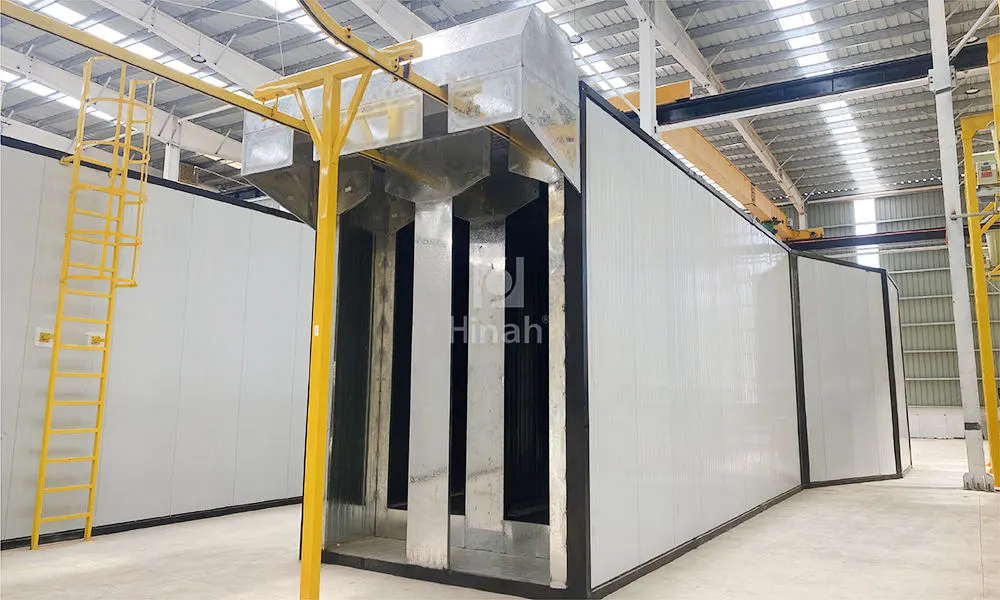
Choosing the Right Powder Paint Curing Oven for Your Needs
Selecting the appropriate powder paint curing oven is a significant decision that impacts your productivity, quality, and bottom line. Here are key factors to consider:
Production Volume: A small batch oven is perfect for a hobbyist or a job shop doing varied, custom work. A conveyorized curing tunnel is necessary for mass production.
Part Size and Load: The oven must accommodate your largest parts with ample space for air to circulate around them. Consider both the physical size and the weight of typical racks.
Heat Source: Evaluate your facility's access to utilities. Electric ovens are easier to install but more expensive to run. Gas ovens have higher upfront installation costs but are cheaper to operate.
Insulation and Efficiency: High-quality insulation (like fiberglass or mineral wool) is vital for retaining heat, reducing energy costs, and maintaining a safe external temperature.
Air Flow and Ventilation: Proper airflow, often achieved with fans and baffles, is necessary to eliminate hot spots and ensure even temperature distribution throughout the oven chamber. Adequate ventilation is also required to handle any minor outgassing from the curing powder.
The Synergy: Powder Coating on Metal Success Stories
The combination of advanced powder formulas and precise powder paint curing ovens has made powder coating on metal the finish of choice across countless industries. The benefits are undeniable:
Durability: Far more resistant to impact, moisture, chemicals, and UV light than traditional liquid paints.
Efficiency: The electrostatic application process means nearly 100% of overspray powder can be collected and reused, drastically reducing waste.
Aesthetics: Provides a uniform, high-quality finish in an almost limitless range of colors, textures, and gloss levels.
Environmental Friendliness: Powder coatings contain no solvents and release negligible, if any, Volatile Organic Compounds (VOCs) into the atmosphere during curing.
This is why you find this finish on everything from automotive wheels and bicycle frames to household appliances, patio furniture, and industrial machinery. The powder coat paint oven is the unsung hero that makes these applications possible.
Beyond the Basics: Advanced Considerations for Optimal Curing
For those looking to perfect their process, several advanced factors related to the powder coat paint oven deserve attention:
Preheating Parts: In some cases, preheating a metal part before application can help achieve a thicker coat without runs, as the powder melts on contact and sticks better.
Oven Maintenance: Regular maintenance of the oven's heating elements, burners, fans, and ventilation systems is crucial for consistent performance and safety. A poorly maintained oven will develop hot and cold spots, leading to curing defects.
Infrared (IR) Ovens: An alternative to conventional convection ovens, IR ovens use radiant energy to heat the powder and part directly. They can offer significantly faster cure times as they heat the part rather than the air, but require careful setup to avoid shadowing effects on complex parts.
Even with the best equipment, issues can arise. Often, the root cause can be traced back to the powder coat paint oven temperature.
Orange Peel: A textured finish resembling orange skin. This can be caused by improper film thickness, but can also be a sign of under-curing or too-rapid heating.
Pinholes/Bubbling: Trapped gases escaping during curing. This can be due to outgassing from the substrate (especially with cast metals) or moisture contamination. Sometimes, a slower heat ramp in the oven can help alleviate this.
Poor Adhesion: The coating peels or chips off easily. The most common culprit is a contaminated substrate, but severe under-curing will also cause complete adhesion failure.
Inconsistent Gloss or Color: This is a classic sign of uneven temperature within the oven, indicating a problem with airflow or heating elements.
The powder coat paint oven is not merely a heating box; it is the crucial final step that defines the quality, durability, and beauty of the paint powder coating process. Mastering the relationship between the powder, the metal substrate, and, most importantly, the powder coat paint oven temperature is what separates an amateur finish from a professional, long-lasting one.
Whether you are a DIY enthusiast investing in a small benchtop unit or an industrial manager overseeing a conveyorized system, respecting the science of the cure is paramount. By choosing the right powder paint curing oven, monitoring its performance meticulously, and understanding its role in the broader context of powder coating on metal, you can ensure that every piece that leaves your shop is a testament to quality and resilience.


